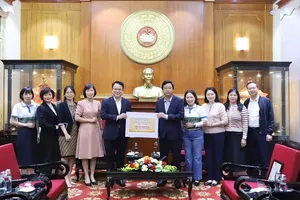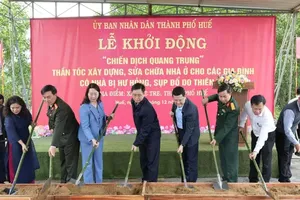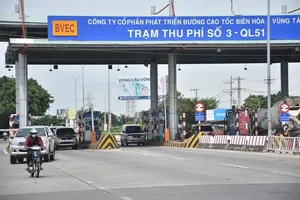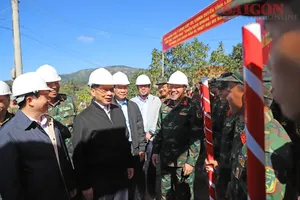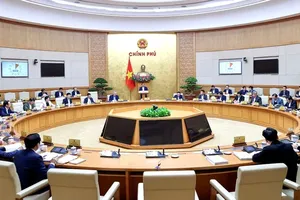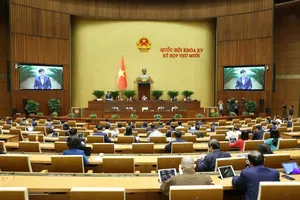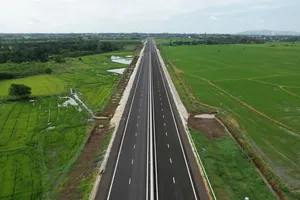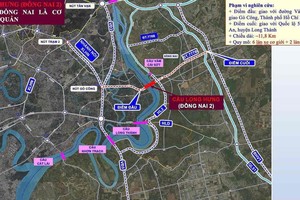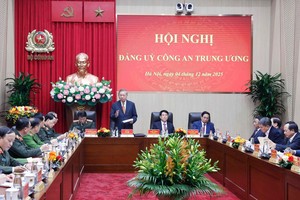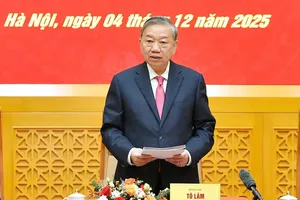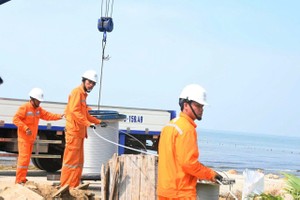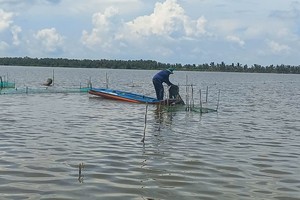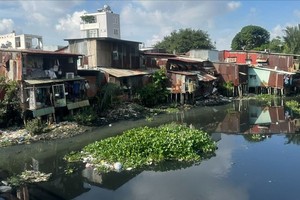The ministry emphasized the need for robust infrastructure to support increased mobility and ensure seamless connectivity across regions.
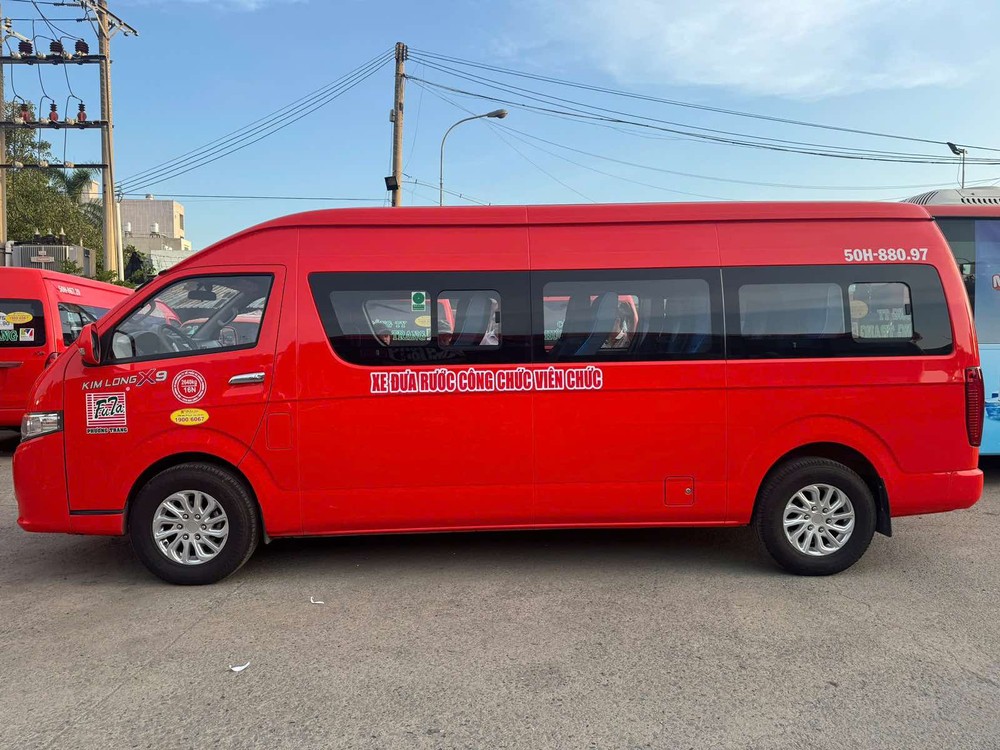
According to the assessment by the Ministry of Construction, following the official merger of provinces and cities on July 1, there has been a rise in the demand for intra-provincial travel, particularly between older urban centers. This surge is exerting pressure on the already dense transport system.
To ensure traffic safety and accommodate the travel needs of the public, the Ministry of Construction has urged local authorities to enhance maintenance, upgrade or expand current connecting routes. They are also encouraged to mobilize funds for the development of expressways that link provincial administrative centers in accordance with planning and authority.
Additionally, the Ministry has requested that localities allocate resources, including maintenance budgets, to manage, operate, and maintain national highways. They should also explore investment strategies to develop inter-urban public transport systems such as inter-regional buses and urban railways.
Specifically, in urban areas anticipated to experience high population density, localities should ensure that essential infrastructure is in place to support the living conditions and environment of residents. This includes planning and safeguarding vital surface water sources for domestic use, as well as establishing clean water supply systems and infrastructure for the collection and treatment of wastewater and solid waste.
Furthermore, the Ministry of Construction has announced the establishment of a hotline to provide technical and professional assistance, answer inquiries, and guide localities in implementing the two-tier local government model. If needed, the Ministry will assign personnel to offer direct support to localities.

